South Indian tamarind rice, or puliyogare, brings mouth-watering sweet, spicy, and tangy bites to a meal. It is perfect made ahead for a picnic and served with cool yogurt and a crispy papadum.
Puliyogare, tamarind rice, is one of the most traditional and beloved recipes from South India. Every bite of this sweet, spicy and tangy rice brings back some fond childhood memories for many people from the region.
It takes me back to the times when I used to visit the Venkateshwara temple in Andhra Pradesh with my grandmother. The beautiful sculptures, the chanting of the shlokas, the divine atmosphere and the one of a kind puliyogare for prasadam. We would eagerly wait in the long queues to receive our share of Puliyogare. The tamarind rice offered there was so delicious that we would invariably go back for more.
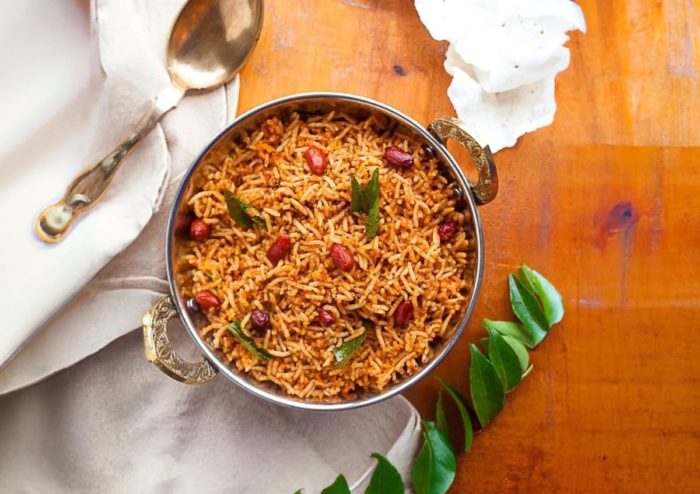
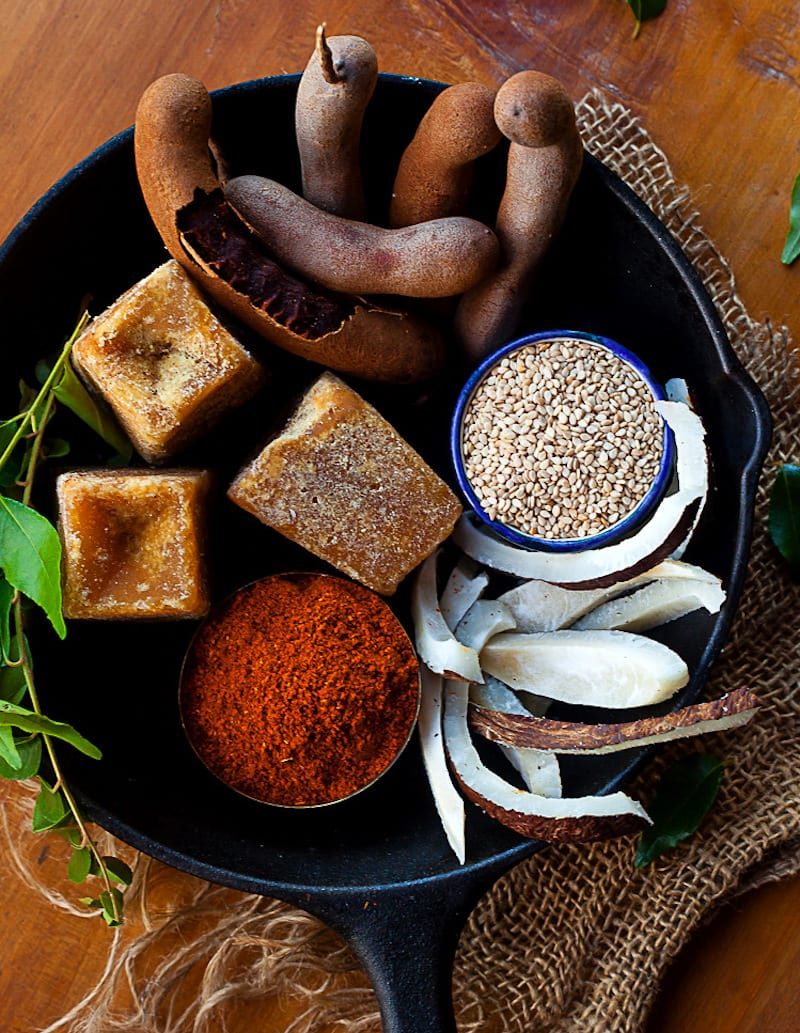
Since this rice makes a great picnic meal, I remember my mother making large quantities of Puliyogare for my school picnics. It was a big hit with my friends and the boxes were licked clean. So now you can imagine how nostalgic Pulyogare always makes me.
The making of Puliyogare has two steps. The first step is to make gojju, which is slightly time consuming, but not at all difficult. The Gojju or paste used in Puliyogare is usually made from tamarind juice, jaggery, a variety of spices like coriander seeds, fenugreek seeds, sesame seeds, and sometimes dry coconut, asafoetida, and turmeric. It can be stored in the refrigerator and used as needed. Now, you CAN obviously buy gojju from your local Indian supermarket, but there’s something particularly satisfying about making it from scratch.
The gojju can be made well in advance. By “well in advance”, I mean a at least a week earlier. So whenever you are feeling lazy or you have to make something in a jiffy, then mix a few table spoons of the gojju with a few cups of rice and a delicious bowl of Puliyogare will be ready in no time.
The second part involves mixing the gojju with the rice and other seasonings. Very straightforward.
Puliyogare is great all by itself. But pair it with some Poppadums and a bowl of yogurt and you will have a complete meal in front you.
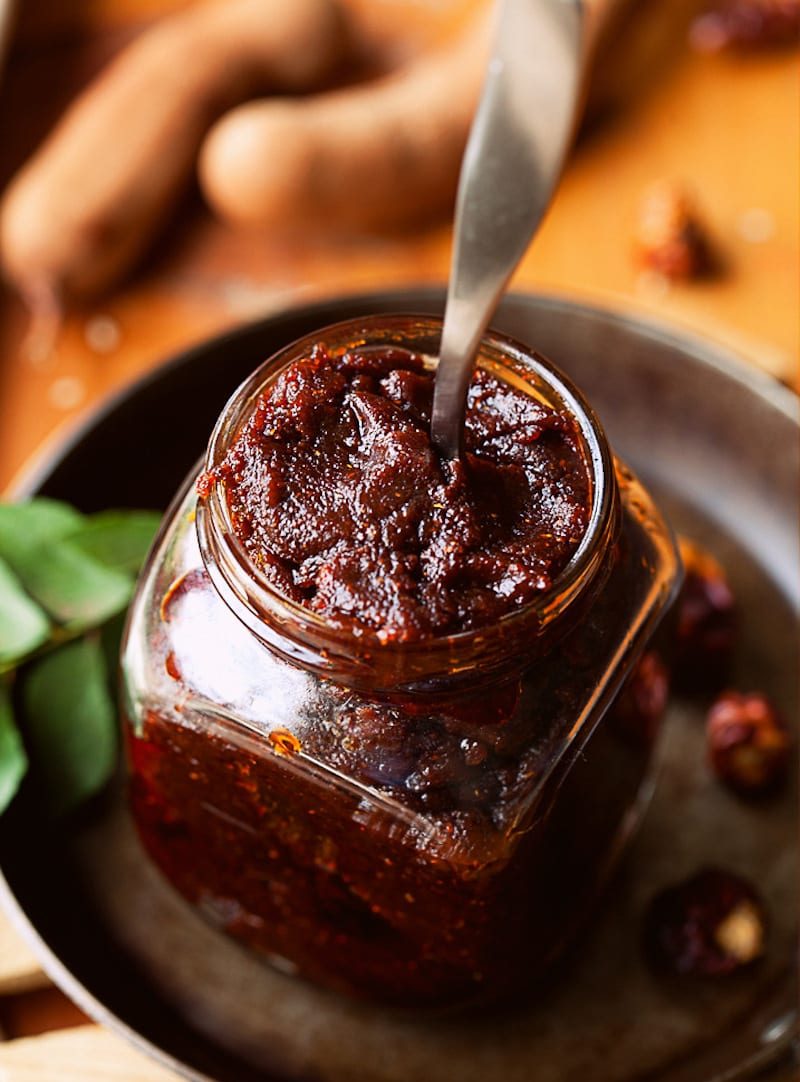

Puliyogare – South Indian Tamarind Rice
- Total Time: 50 minutes
- Yield: 4 servings 1x
Description
South Indian tamarind rice, or puliyogare, brings mouth-watering sweet, spicy, and tangy bites to a meal. It is perfect to be made ahead for a picnic and served with cool yogurt and a crispy poppadum.
Ingredients
Gojju
- Tamarind – 100gms (4 ounces)
- Water – 700ml (24 fluid ounces)
- Sesame seeds – 1-1/2 tbsp
- Rasam powder – 3tbsp
- Grated dried coconut – 4tbsp
- Salt to taste
- Jaggery – 120gr (4 ounces)
- Peanut oil – 2tbsp
Puliyogare or Tamarind rice
- Peanut oil or any other oil – 2tbsp
- Mustard seeds – 1/2tsp
- Peanuts – 3tbsp
- Curry leaves – 2 sprigs
- Asafetida – a pinch
- Cooked rice – 2 cups
- Salt – to taste
- Puliyogare gojju- 2tbsp
- Freshly grated coconut- 1tbsp (optional)
Instructions
Gojju
- Clean the tamarind by removing the seeds and strings and soak in 500ml of water for at least two to three hours.
- Squeeze the juice from the tamarind with you hands and set aside the pulp. Add the remaining water to the pulp and strain the juice in a strainer. You will get about 700ml of tamarind juice at this point.
- In a pan, dry roast the sesame seeds till brown and keep it aside to cool
- In the same pan, dry roast the coconut and set aside to cool.
- Combine the sesame seeds and the rasam powder in a blender jar and blend till finely powdered.
- Add the roasted coconut to the ground mixture and blend again to get a paste like spice mix.
- In a thick bottomed, non reactive pan, add the tamarind pulp and bring it to a gentle boil. Allow the pulp to reduce a little before adding the jaggery and salt.
- Let the mixture to simmer for a couple of minutes more and then add the ground mixture.
- Allow the mixture to simmer on low heat while stirring from time to time. Continue mixing till the mixture achieves a thick jam like consistency and comes together in a single mass. Take off the heat at this stage.
- Add the peanut oil mix well and allow the gojju to cool completely before storing in airtight container.
Puliyogare or Tamarind rice
- Heat oil in a thick bottomed pan. Add the mustard seeds and allow it sputter. Add the peanuts and fry till they turn brown.
- Add curry leaves and fry till they turn crisp. Stir in the asafetida and mix.
- Add the cooked rice and salt and mix well. Stir in the gojju and the grated coconut and mix well so that the rice is coated with the gojju.
- Take off the heat and serve hot with yogurt and poppadoms.
Notes
Do not use polished sesame seeds. Use unpolished (mildly brown) or black sesame seeds.
The quantity of the jaggery used, largely depends on the variety of jaggery. There some varieties that are not very sweet. Use more in that case.
I use peanut oil because it prevents the gojju from going bad. Apart from that, it also enhances the flavor.
Try and use tamarind that is dark brown in color. It imparts a rich color and taste.
- Prep Time: 20 minutes
- Cook Time: 30 minutes
- Category: Main, Side
- Method: Boiling
- Cuisine: Indian












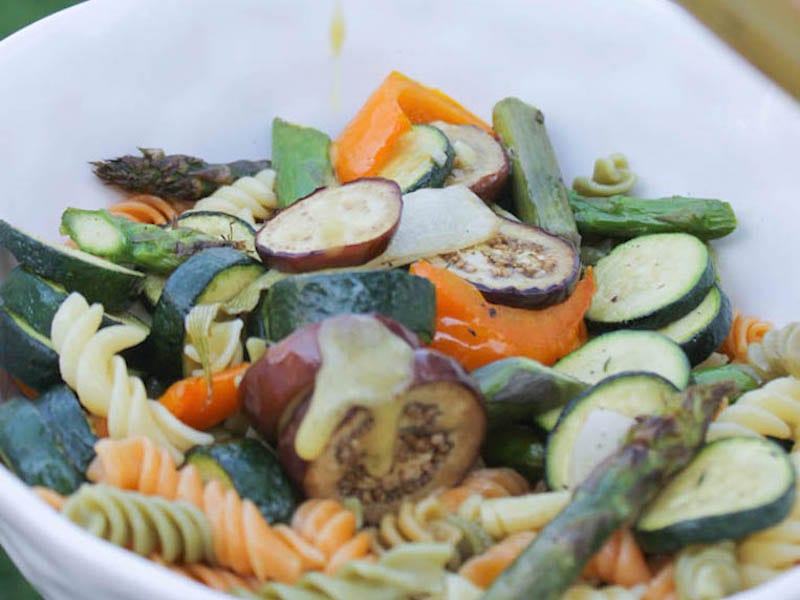


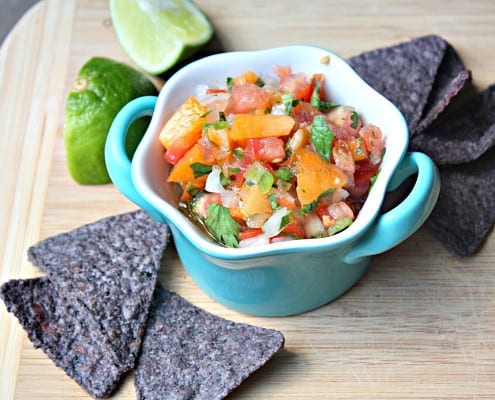
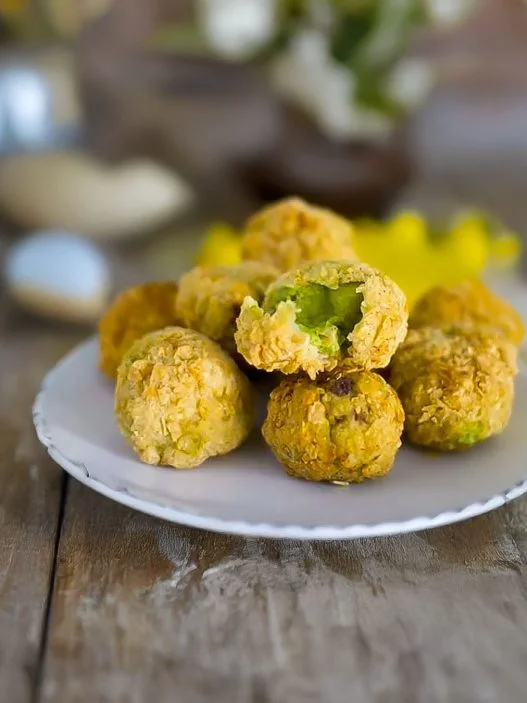



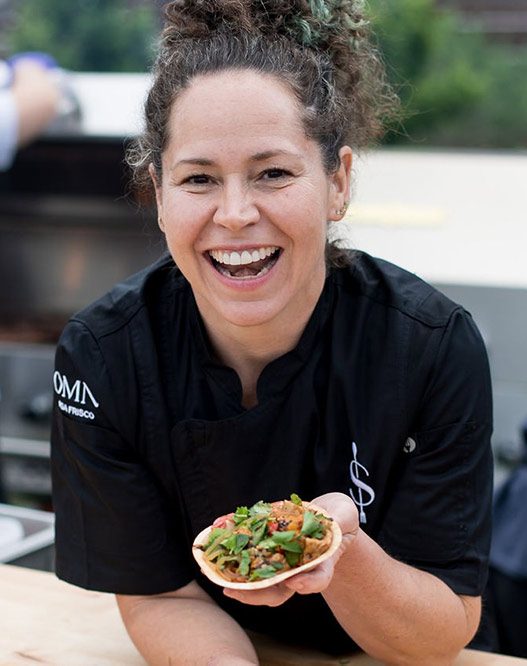
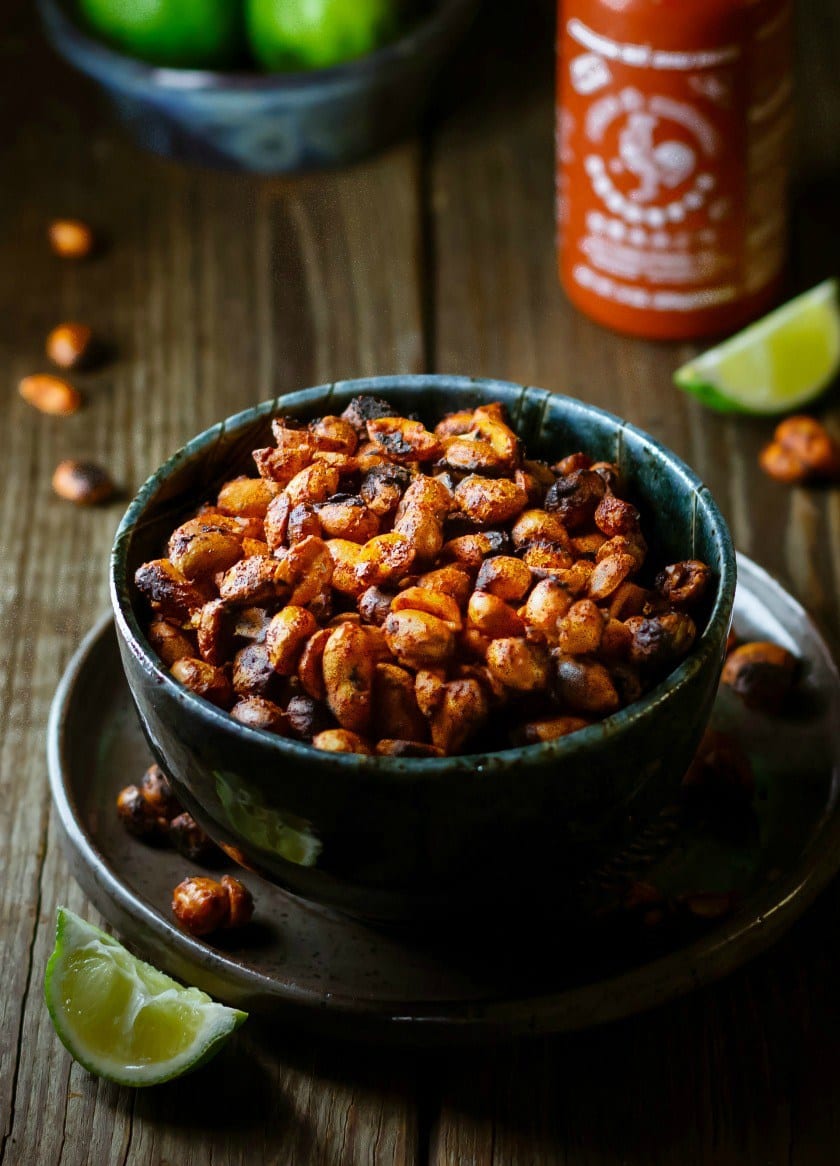

I’m pretty sure I’ve never seen 99% of these ingredients in my local grocery store.